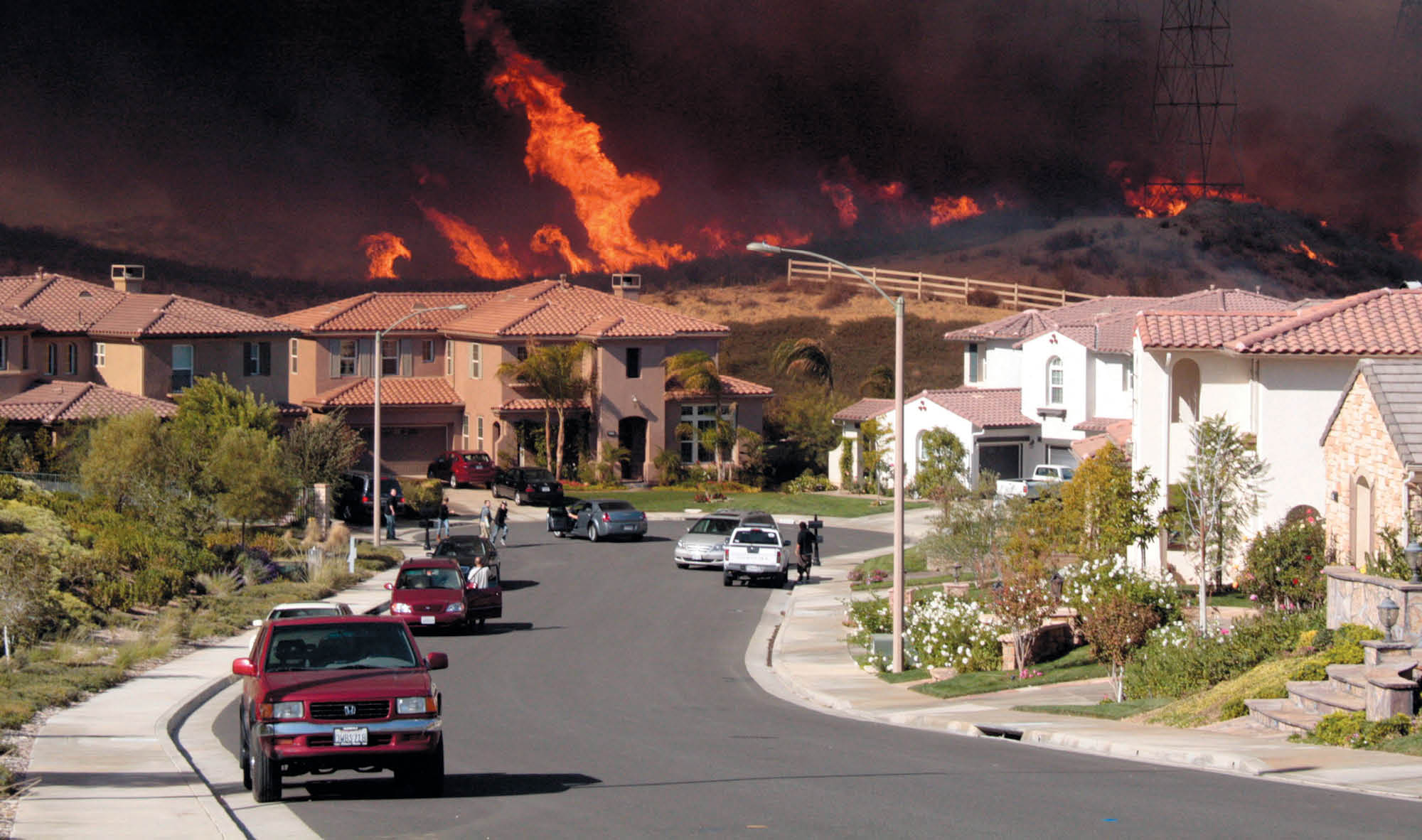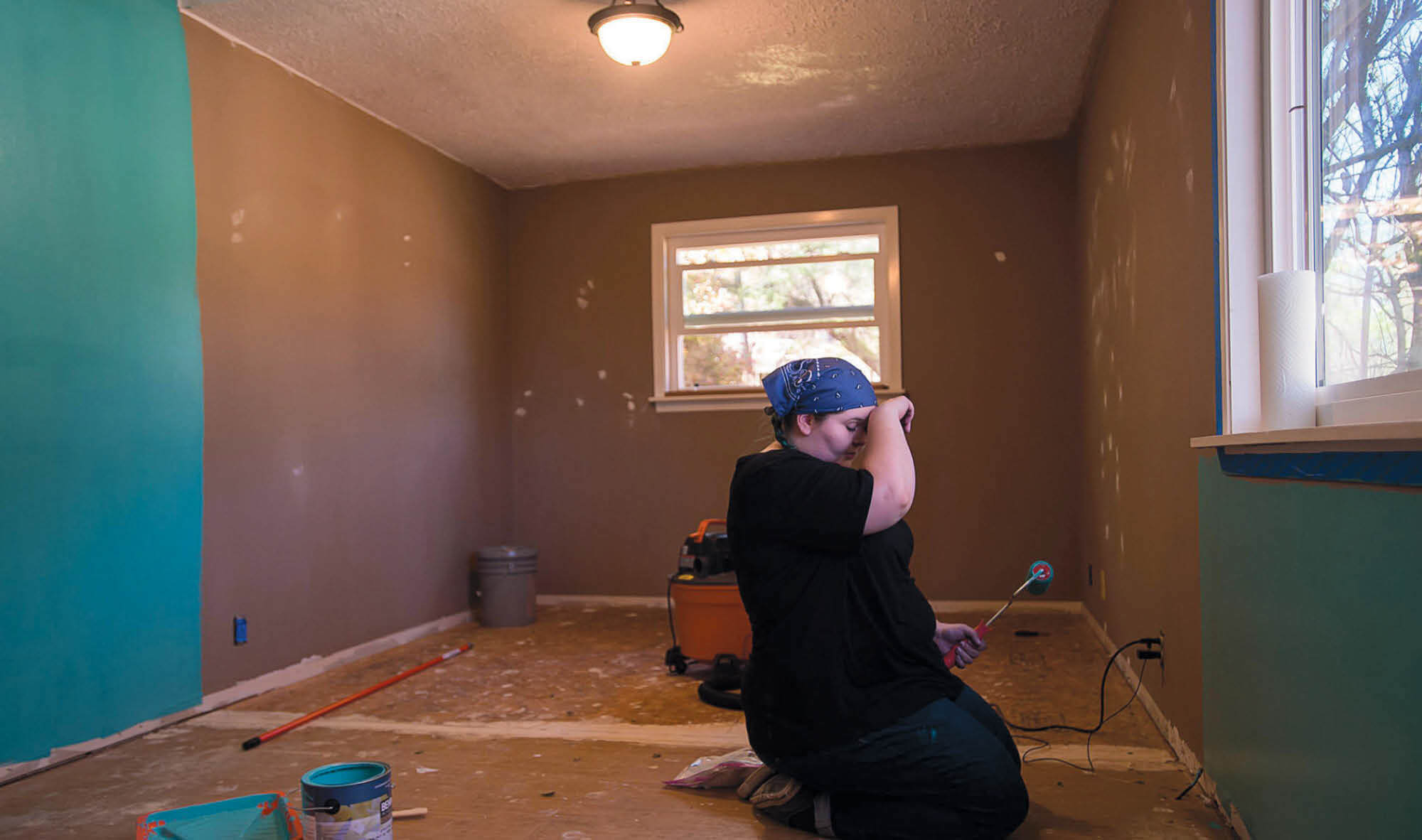Insurance pricing fails to account for growing wildfire risk

Wildfires are blazing a climate-change-driven path of destruction across California. Areas in the state scorched by wildfires increased fivefold from 1979 to 2019. The following year, the burn area more than doubled.
A team of Berkeley Haas researchers warn that despite this upward trajectory, the risks posed by wildfires are worse than we—or, at least, the insurance and mortgage markets—are willing to account for.
An analysis by Professors Nancy Wallace, the Lisle and Roslyn Payne Chair in Real Estate and Capital Markets, and Richard Stanton, the Kingsford Capital Management Chair in Business, along with two alumni suggests that financial firms whose insurance products help protect homeowners from the financial devastation of fires could soon find their own businesses financially wrecked, unless their risk models and pricing (and the government regulations overseeing both) undergo dramatic changes.
Mapping dynamic risks
Wallace and Stanton, along with Paulo Issler, MBA 98, PhD 13, director of the Haas Real Estate and Financial Markets Lab, and Carles Vergara-Alert, MFE 04, PhD 08, of Spain’s IESE Business School, teamed up with physicists from the Lawrence Berkeley National Laboratory who study the fluid dynamics of fire. They linked the physicists’ sophisticated measurement models to the comprehensive Fisher Center for Real Estate and Urban Economics’ real estate and mortgage-record data. This allowed them to forecast the risks posed by wildfires to lenders and insurers in California.

Unlike the static maps typically used by researchers, the granular, digitized measurements developed by the LBNL physicists are based on dynamic hourly data. They incorporate the locations of thousands of California wildfires between 2000 and 2015 as well as meteorological factors: wind direction and speed, humidity levels, and temperatures. The Haas team also considered a location’s slope, elevation, and vegetative density.
The researchers found that their site-specific estimates of wildfire risk were quite different from the risk maps developed by the California Department of Insurance (CDI). This difference was most pronounced in the zones marked “zero-risk” on the state’s maps, because the researchers found that there was, indeed, some level of risk in many of those places.
They also show that neighborhoods damaged by wildfires tend to return as more gentrified versions of themselves—populated by larger and more expensive homes and residents with higher wealth than those outside the burn area. That’s because the insurance industry incentivizes bigger and more expensive rebuilds.
But the system is not sustainable.
From deterministic to probabilistic
In the past three years, there’s been a 31% increase in policy cancellations, Stanton says, and in 2020 and 2021, California insurers lost nearly two years of premia. “They can’t sustain providing insurance in this state unless there’s a policy response,” he says.
The problem, the researchers argue, is that the insurers are relying on deterministic models of wildfire risk, based on where fires have happened, rather than probabilistic models that predict fires. The insurers have no choice—the CDI requires them to price based on deterministic maps. The researchers argue that the CDI policy needs to change.
California regulators also prohibit insurers from using reinsurance margins, which is insurance to cover extreme events, in the rate structure. In recent years, insurers offering financial protection from hurricanes and earthquakes have been relying on the reinsurance market. Introducing reinsurance would likely raise customers’ premia, so the researchers propose that the solution could involve subsidies for people who can’t afford the price hikes. The new structure should also shift the current incentives.
“If insurance products really reflected the risk, it would be much more costly, and homebuyers would have a decision to make,” Wallace says. “‘Do I want this home enough to pay these premia and take this risk with my life?’ Right now, the real risk isn’t priced in accurately enough for people to understand what their exposures are.”